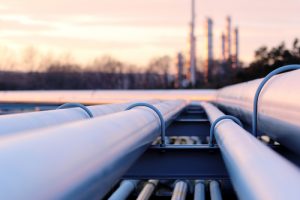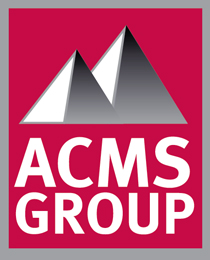 Composite Repair For Pipeline Defects
Composite Repair For Pipeline Defects
Composite repair systems have proven to be very effective in restoring the structural integrity of pipelines. However, performance is dependent on three primary components: a proper analysis of the anomaly to be repaired, a proper design, and correct installation. The repair system must also be able to withstand the environmental and load conditions that it will encounter in service. This includes chemical compatibility issues and the proper selection of a filler material.
Composite Repair, The Latest Repair Solution
As the energy pipeline industry grows in popularity, so does the need to maintain and repair its infrastructure. Pipeline integrity is critical to the flow of oil and gas throughout the world. Corrosion, dents, and cracks in pipelines can have devastating consequences for those who use the energy that it delivers and for the environment at large. Fortunately, composite repairs can be used to address many of these problems. Using composites to reinforce and prevent corrosion of steel pipes is a relatively new technology in the energy sector. The development of this technology is a result of extensive research and testing conducted by both pipeline companies and manufacturers.
The Design Process
Composite repairs for pipeline defects can be a relatively easy way to repair damaged pipelines. In most cases, the repair can be installed on site without removing the piping from service. But before a composite repair is designed, the damaged pipeline must be properly evaluated. This includes assessing corrosion and mechanical damage as well as determining how long the repaired pipe will last under normal service conditions. After completing this assessment, the design team will create a design data sheet that contains all of the information necessary to successfully complete the repair. This includes information about the defect (including its extent and severity), the location of the defect and the equipment load conditions that are expected for the repair.
Cost-Effectiveness
Pipelines are without a doubt an effective and safe way to transport hydrocarbons over long distances, but they can degrade with time if exposed to the harsh environment. When repairing defects that threaten pipeline structural integrity, it is important to choose a repair method that is both cost-effective and durable. In most cases, this means using a composite wrap to reinforcing the pipeline. Unlike other repair methods, such as welding, composite repairs are a more efficient solution for repairing corroded or damaged pipelines. They can be applied in a fraction of the time and cost of other methods, reducing downtime and eliminating risks. This was the case when a company in Thailand repaired a section of pipeline on an offshore oil rig that had a wall loss. Removing the section would have been costly and time-consuming, so the company chose to repair the section with a synthetic wrap.
Got questions about whether a composite repair is right for you? Be sure to contact our construction professionals here at ACMS Group to learn more about what we can do for you!
